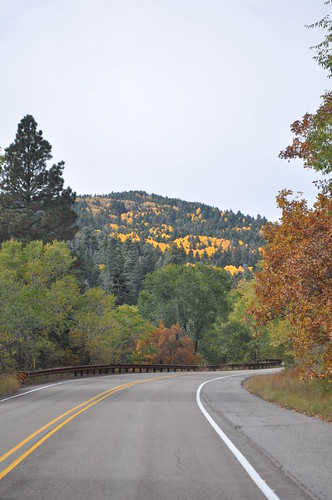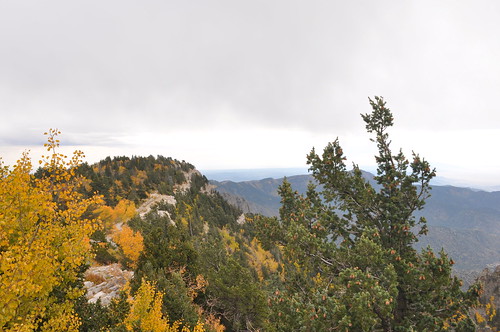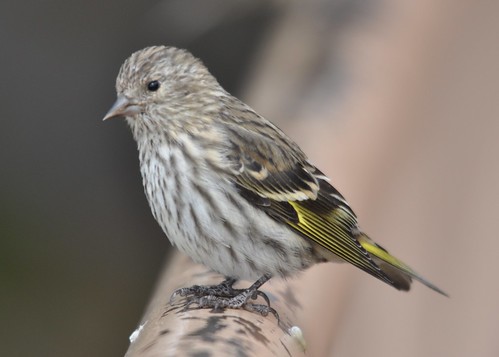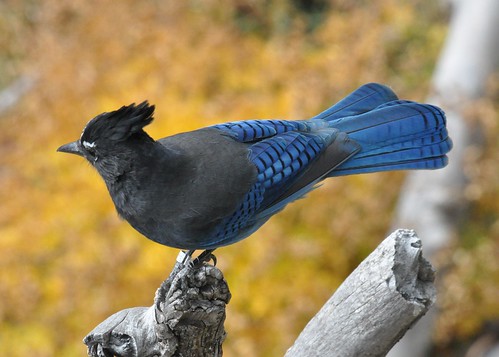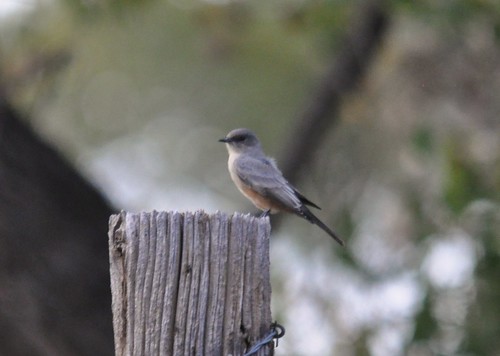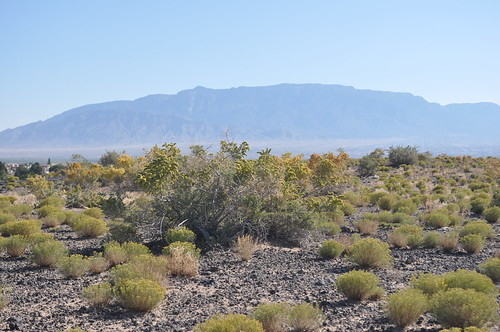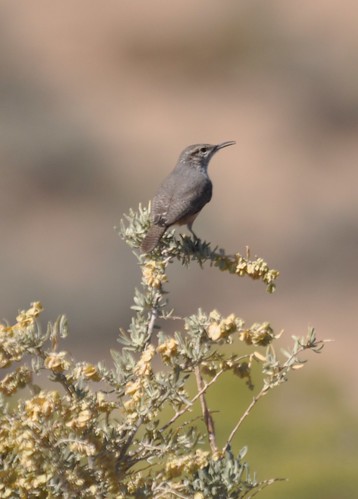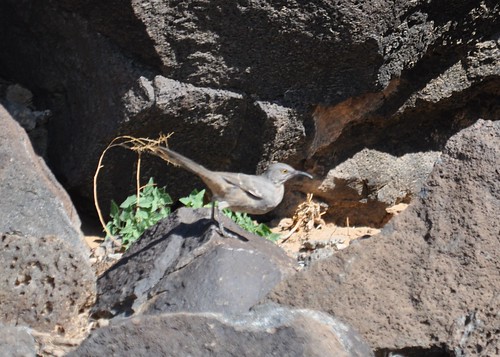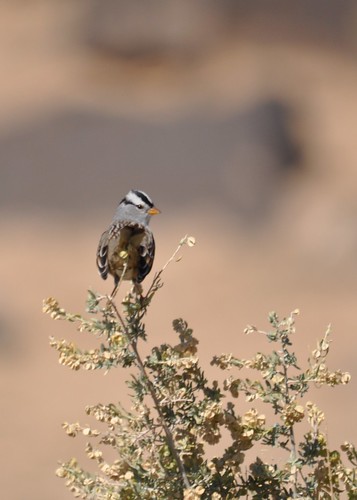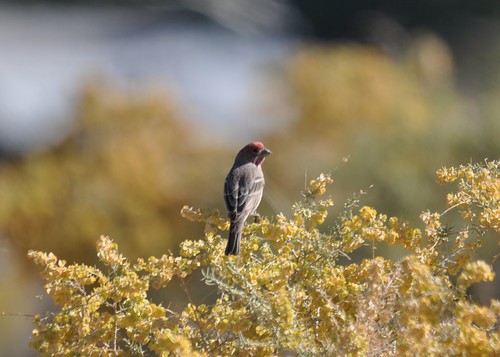Most noticeably, the gulls and terns plumage around the head had drastically changed (see the posts from this summer) and made identifying species a little more difficult. I also had not had a lot of time recently to study the field guides and brush up on key field marks. This picture below is of a "winterized" Laughing Gull. In Summer their head would be almost completely black.

Another gull in varying plumage was this young Herring Gull.

Here's a picture of an adult version in winter next to a Brown Pelican. It might not look like it next to the pelican but the Herring is one of the bigger gull species.

Many of the other birds had also broke out their winter clothes, and for the last few days we were there they needed it as the temperature dropped into the 40's with 30 mph winds. In the picture below is a Black-bellied Plover. In breeding season the adults of this species look much more like their names would suggest.

The breeding vs. nonbreeding plumage on the Willet (below) is not as drastically different, other than the former will have more markings and be more buffy in color.

The Sanderling below, of which there were quite a few along the beach, would show more rufous color around he head, neck, and breast in the Spring and Summer. You would most likely only see this in Canada or much further north.

At the Birding Center and Hans-Suter park I also saw a few birds away from the water. I particularly like this Orange-crowned Warbler in mid leap and the White-tailed Hawk on a power line.




















